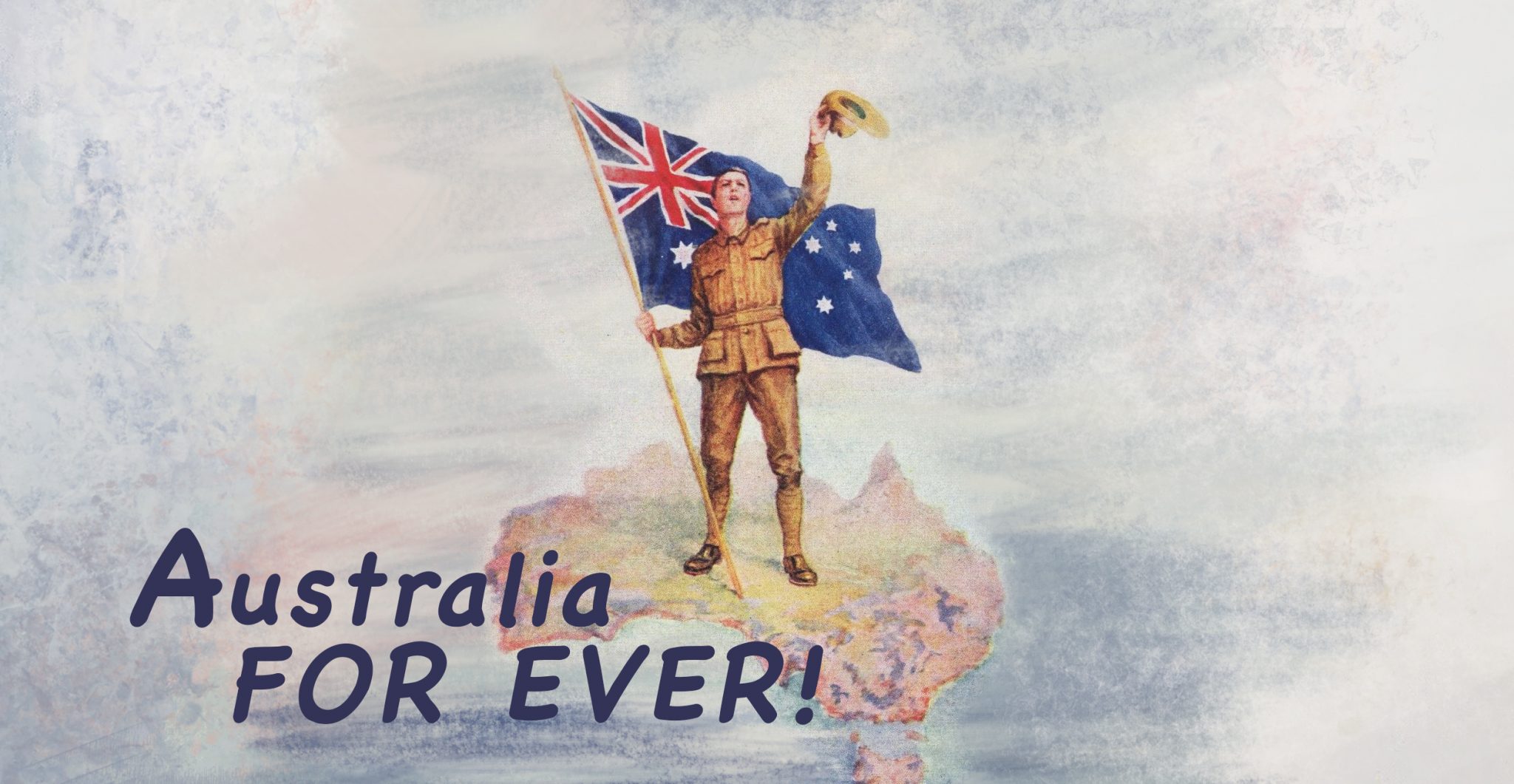The Australians were ordered to attack German trenches across an exposed strip of land in broad daylight.
When the United Kingdom declared war on Germany on August 4, 1914 (after Germany disrespected Belgium’s neutrality by marching troops through it to reach France), Australia immediately followed suit and also declared war.
Such was the enthusiasm to assist “Mother England” that thousands of Australian men rushed to enlist in the Australian Army. They were given the title of the First Australian Imperial Forces (1st AIF). At the time, only men were eligible for enlistment. It took a further 65 years before women were integrated into the armed services.
In the early stages of the war, Australian troops saw action against Turkish forces in the Dardanelles at the boundary between Europe and Asia. After withdrawing from this theater, Australia was to lose tens of thousands of troops in operations against German forces on the Western Front.
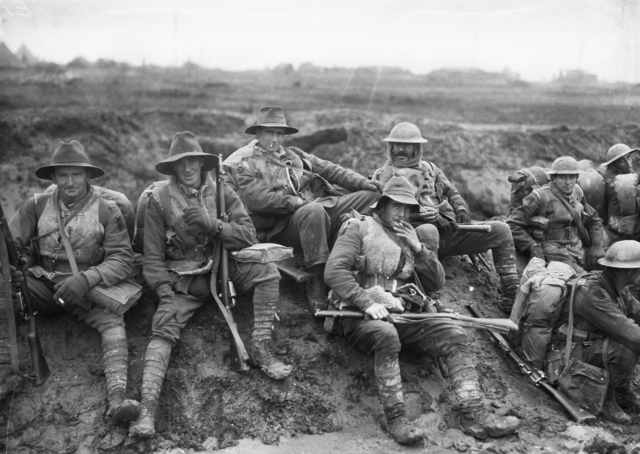
Australian troops arrived on the Western Front in March 1916 and were engaged in some of the most vicious fighting of the war, including hand-to-hand engagements.
The following accounts are the most notable battlefields where Australians fought and died on the Western Front. The names of the battles and notable individuals who fought in them are engraved in Australia’s military history.
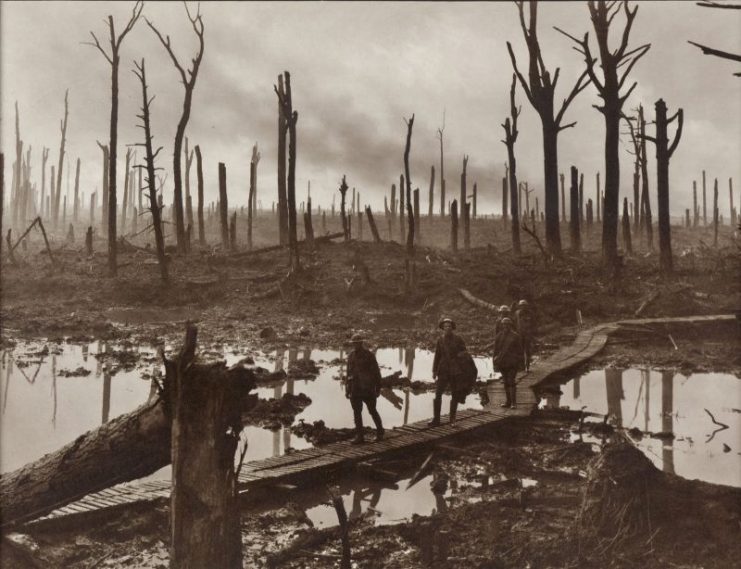
This photo from the Western Front depicts the complete devastation caused by German artillery fire. It was not unusual for members of the 1st AIF to disappear during a German bombardment, likely due to being buried alive in the mud and swamp-like conditions.
Fromelles, France
This was the first significant battle the 1st AIF participated in on the Western Front. The Battle of Fromelles commenced on July 19, 1916, with the Australians fighting alongside British Forces. The Australians were ordered to attack German trenches across an exposed strip of land in broad daylight.
The result: 5,500 casualties, including almost 2,000 killed and just over 400 taken prisoner. These prisoners spent the remainder of the war in German POW camps.
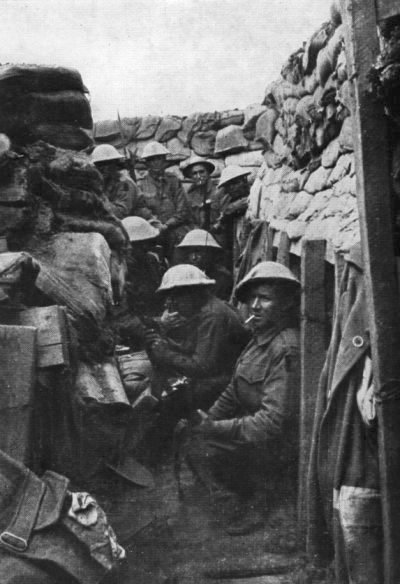
Pozieres, The Somme, northern France
This offensive began in late July 1916 and was centered around the French town of Pozieres. Australian troops were initially instructed to assist British troops, but it was the Australians who attacked and secured the town in the final weeks of the battle.
However, this success came at an enormous cost, with 6,800 men killed in action or dying of their wounds. The battle lasted a little over seven weeks, and most Australian casualties were as a result of German artillery fire.
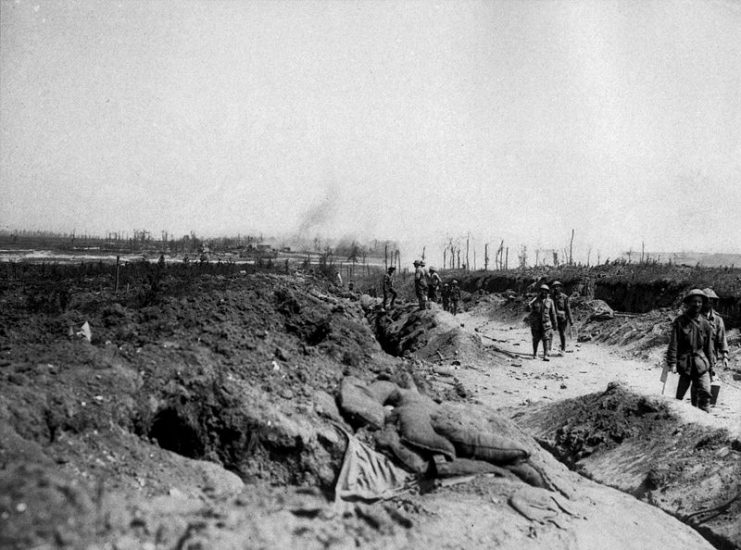
Bullecourt, City in France
The attack by Australian troops under the command of a British General, Sir Hubert Gough, was carried out in two stages on April 11, 1917, and May 3, 1917.
However, Gough’s poor planning and aggressive manner resulted in the loss of over 10,000 Australian troops. His decision to send thousands of Australian troops against entrenched German forces behind barbed wire with only a dozen tanks to spearhead the attack resulted in excessive Australian losses.
Such great losses had the effect of lowering morale and breeding contempt for British generals in the main.
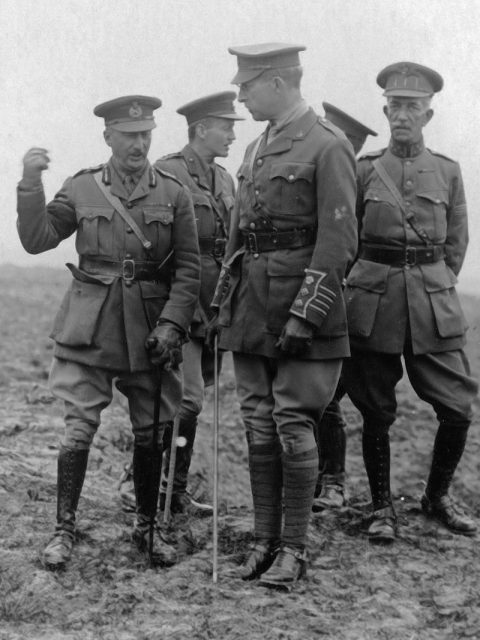
Messines, France
The offensive against the German Forces at Messines on June 7, 1917, was the first time since the Gallipoli campaign of 1915 that Australian and New Zealand forces (ANZACS) had participated in a military campaign. The forces were led by the legendary commander, Sir John Monash.
Prior to this offensive, British engineers had been digging a tunnel under the German camp in Messines and placing a huge amount of explosives in the tunnel. The detonation of this cache paved the way for the successful capture of Messines.
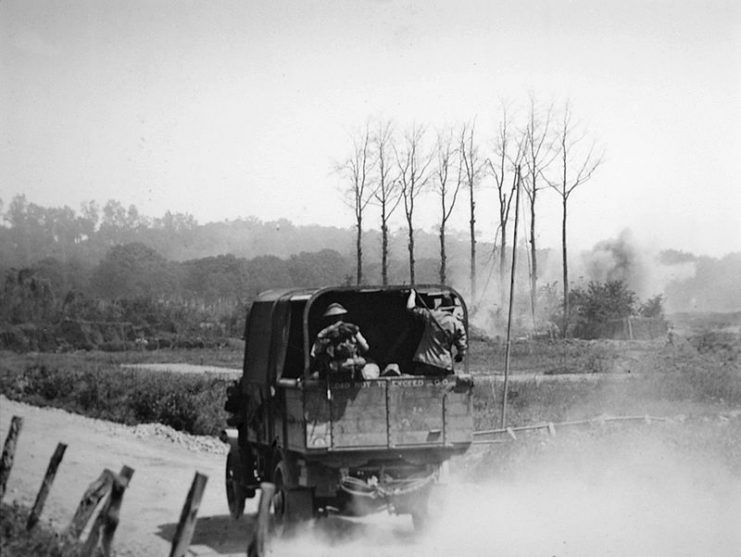
Although the death rate of Australian soldiers was not as high as in other similar battles, what made Messines significant was that, before the massive underground explosion, there was a relentless barrage of gas shells fired at Australian troops.
This resulted in up to 5,000 Australian soldiers suffering gas inhalation. Many of these victims went on to experience breathing difficulties for their shortened lives when they returned to Australia.
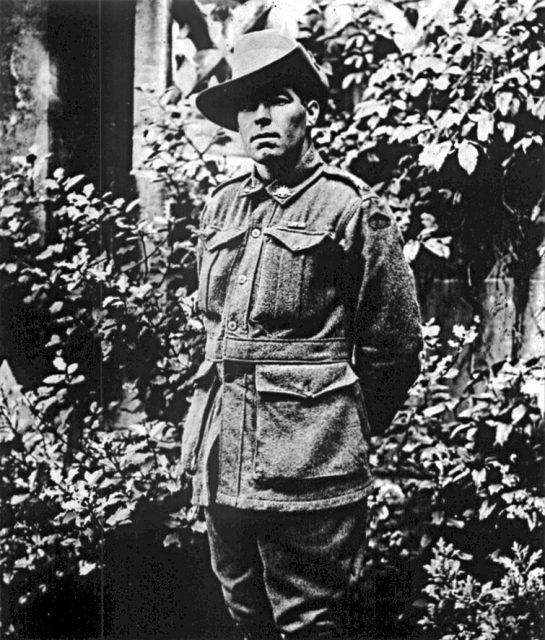
Passchendaele, France
This battle occurred at the end of July 1917. Although it is known as the battle at Passchendaele, the name only refers to a ridge of the same name. It was part of the larger battles in the Flanders offensive — specifically, Ypres.
Initially, continuing rain hampered the Australian’s attempt to drive the Germans back. However, once the ground dried out, the Australian were able to advance and drive the German troops up to Passchendaele Ridge. After that, those who were left surrendered to the Australian forces.
The battle casualties on both sides were horrific, with the Australian forces suffering over 38,000 casualties. Major Frederick Tubb, an Australian Victoria Cross (VC) recipient from a previous battle, was unfortunately killed at the battle of Passchendaele.
https://youtu.be/0bBTzzZjCOk
Villers-Bretonneux, France
On April 4, 1918, the Australians were ordered to assist British troops who were attacking German Forces occupying the French town of Villers-Bretonneux.
Such was their determination that the German troops were forced to abandon their positions in the town and retreat two kilometers (just over one mile) back to a trench line — but not before over 900 German troops were taken prisoner.
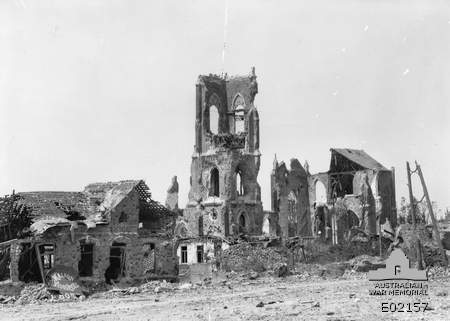
However, the town of Villers-Bretonneux was completely destroyed. The Australian forces suffered over 1,000 casualties in total. This was the last major offensive Australian troops participated in Europe in WWI.
Read another story from us: ANZAC “History War” Debates Australia’s Role
In conclusion, the statistics give some indication of what Australia suffered during World War I in the European theatre of war. Some 53,800 men were killed, and over 130,000 men were either wounded (including gassings) or taken prisoner. To put these figures in context, the population in Australia at the time was just under five million people.
